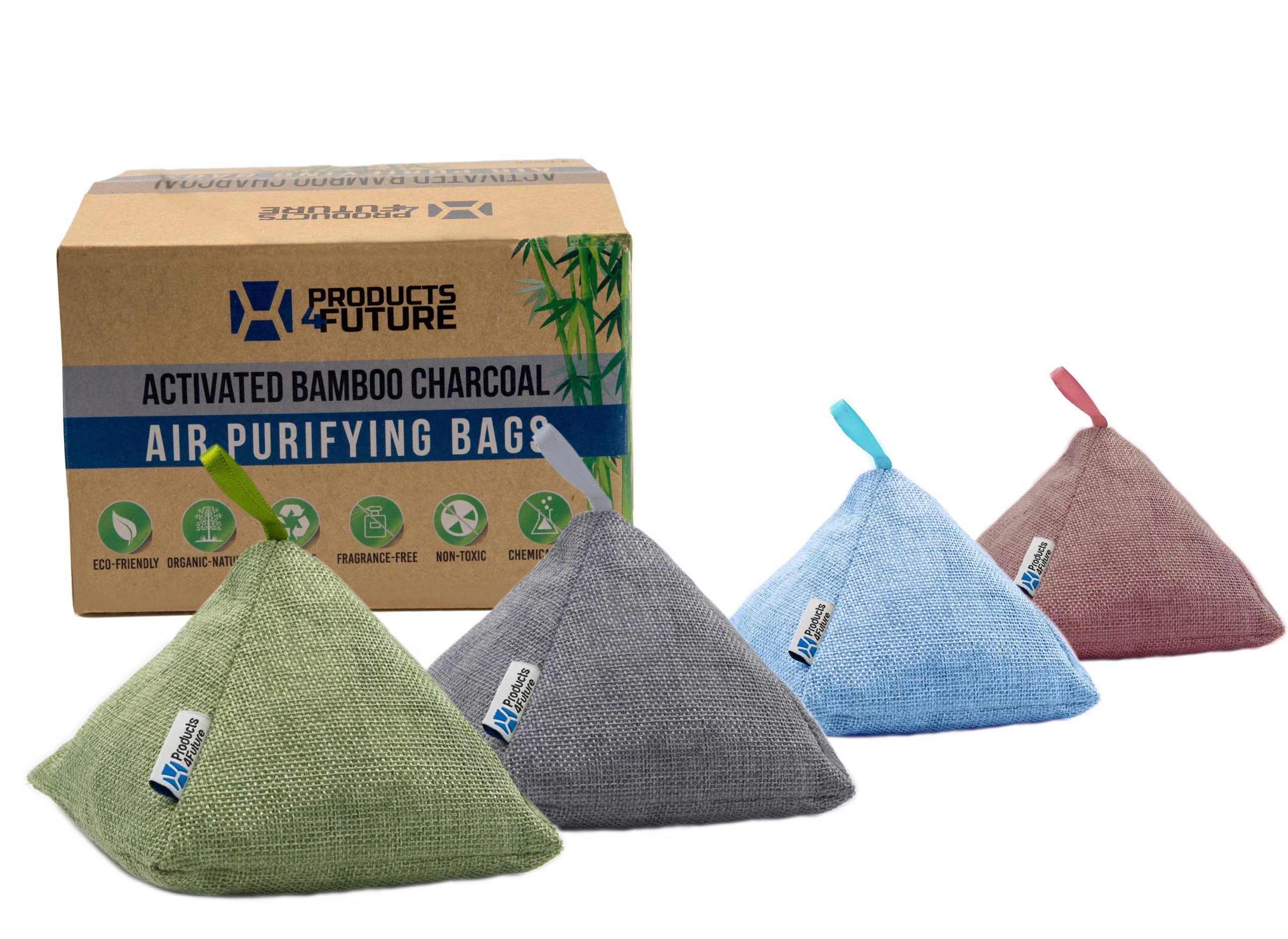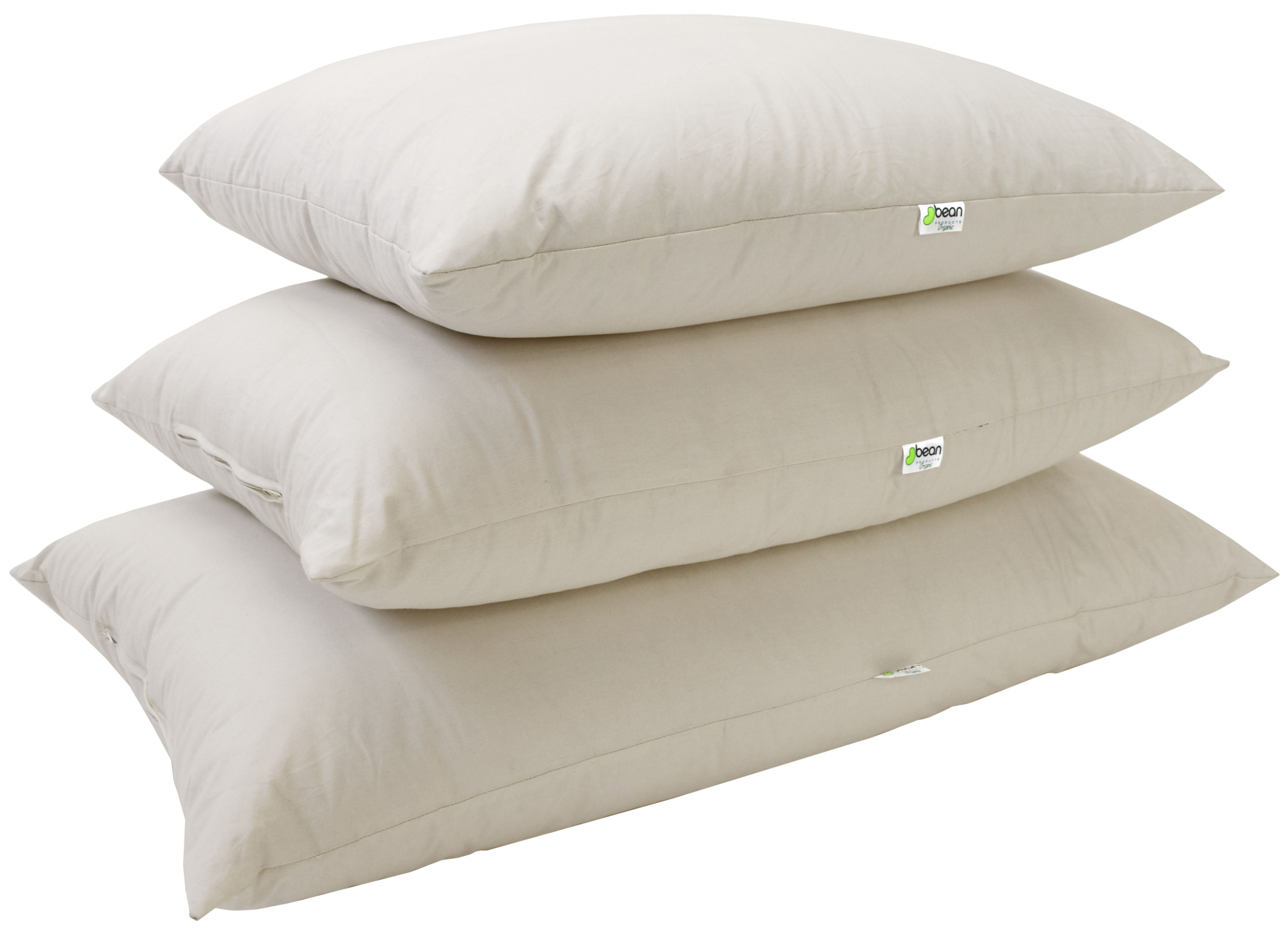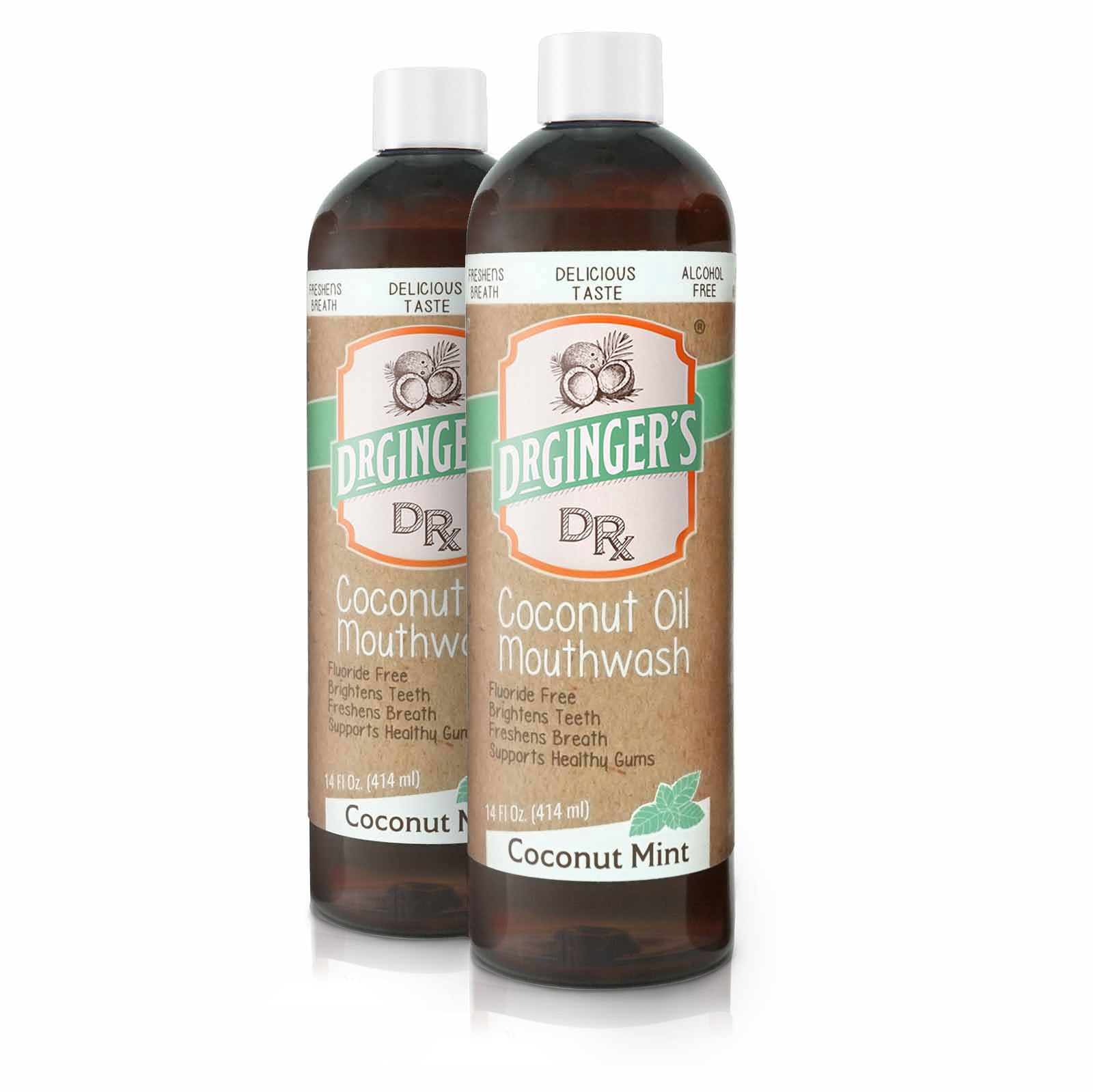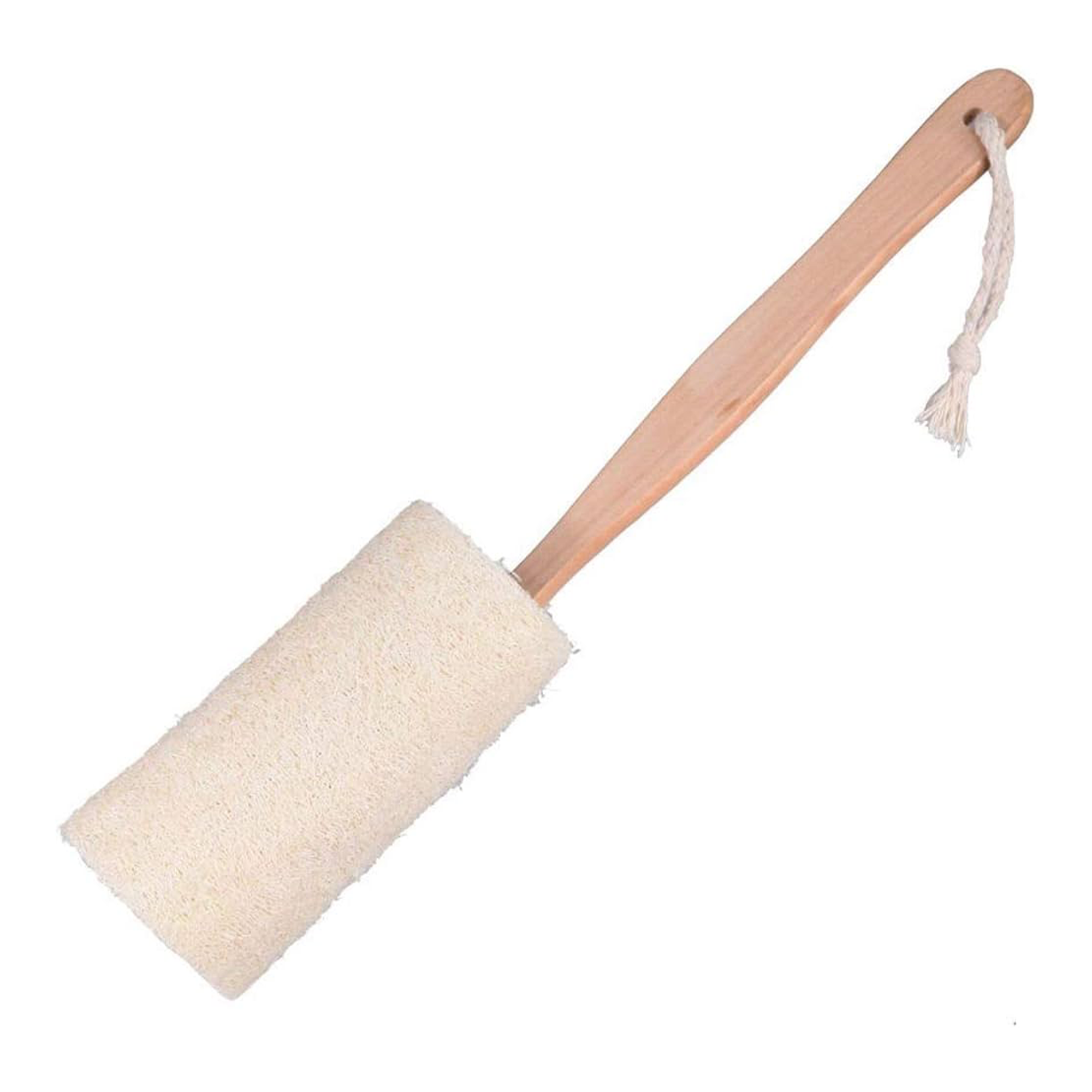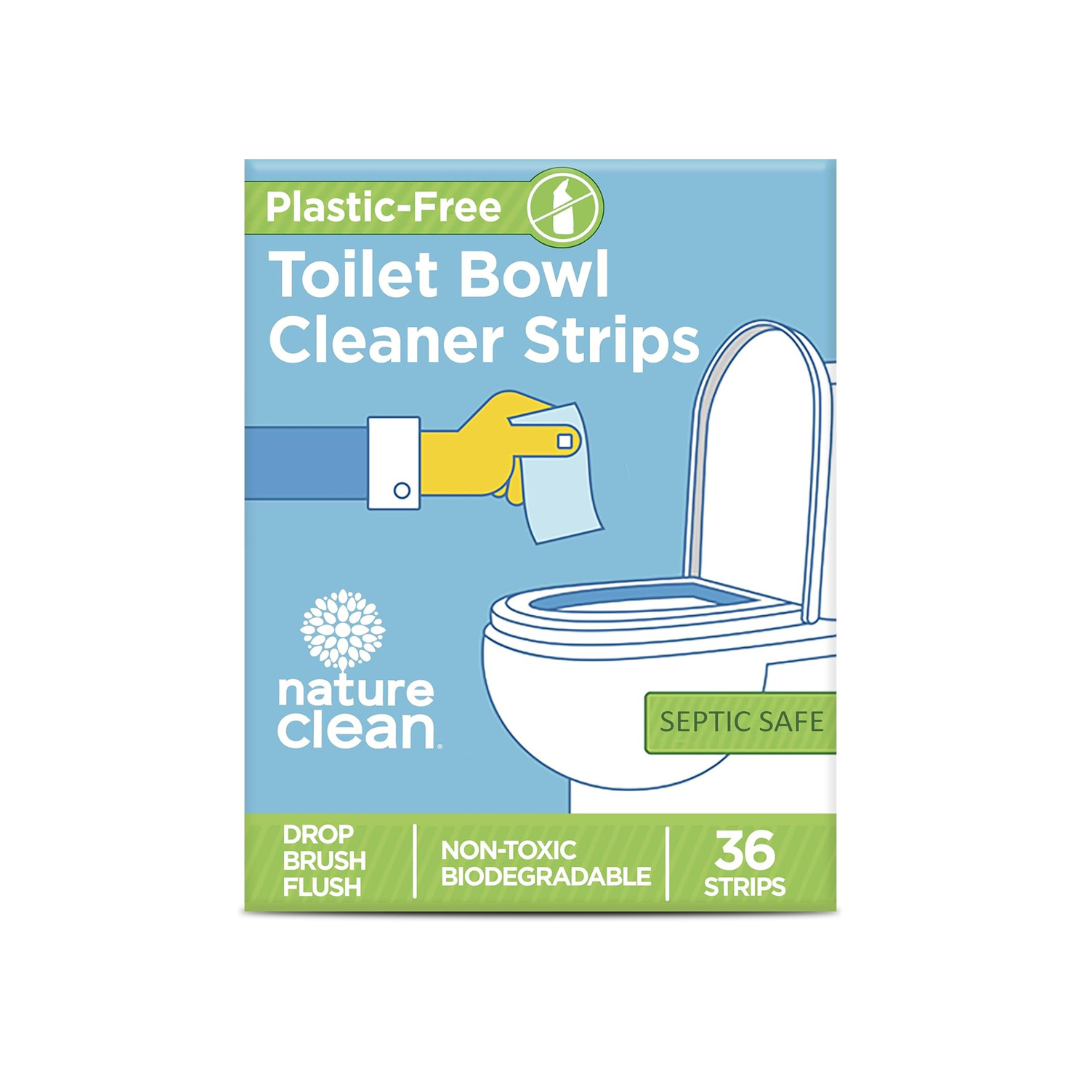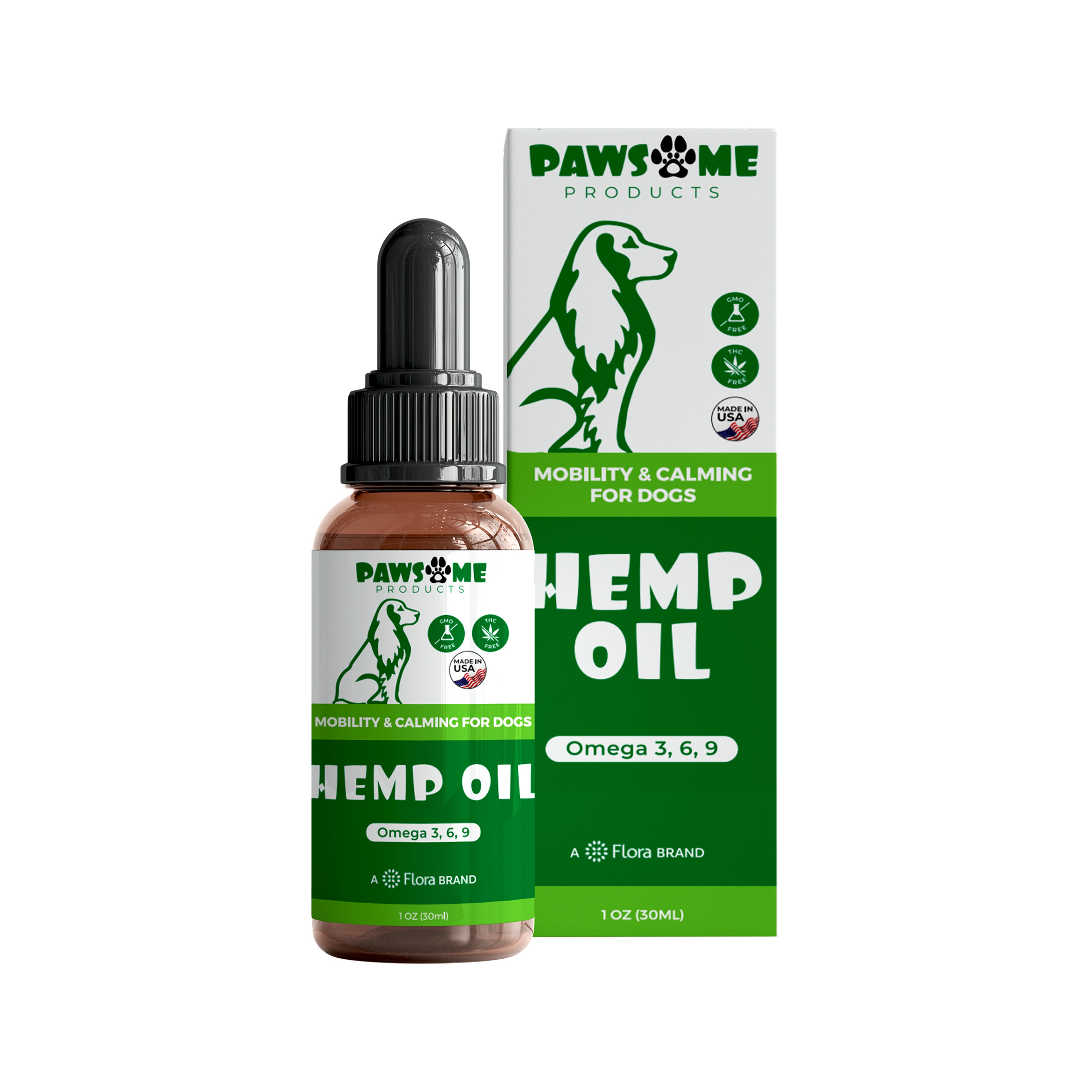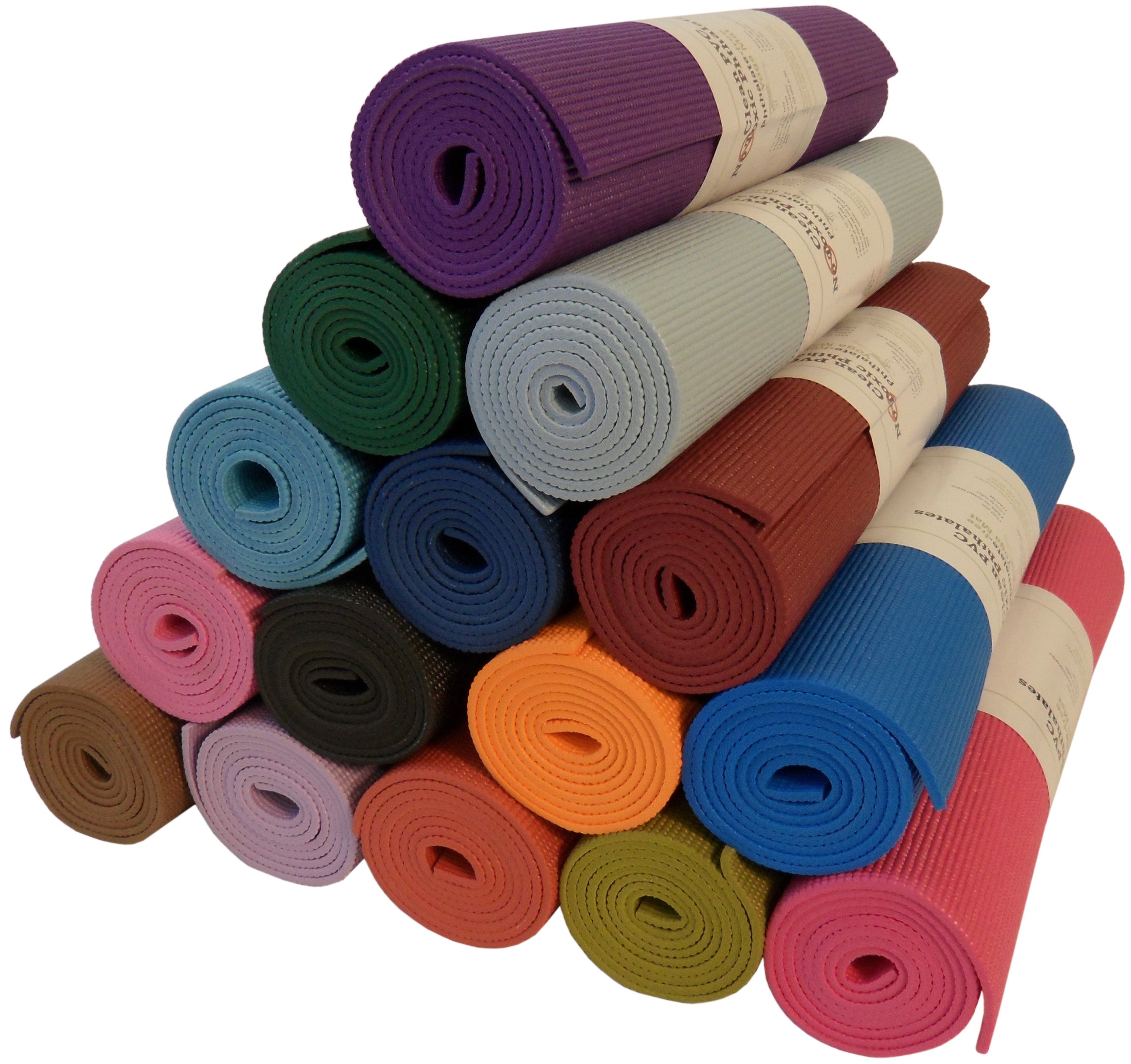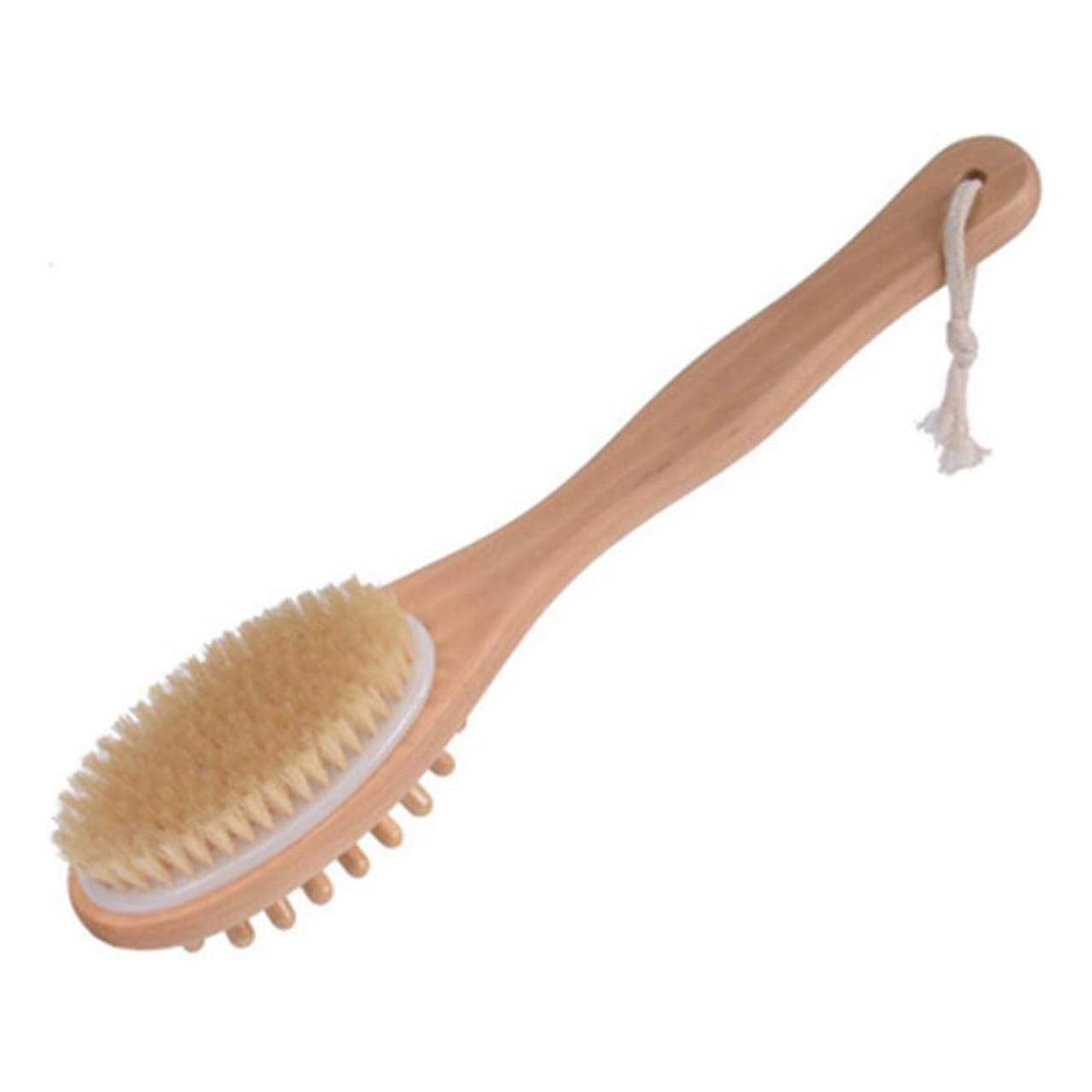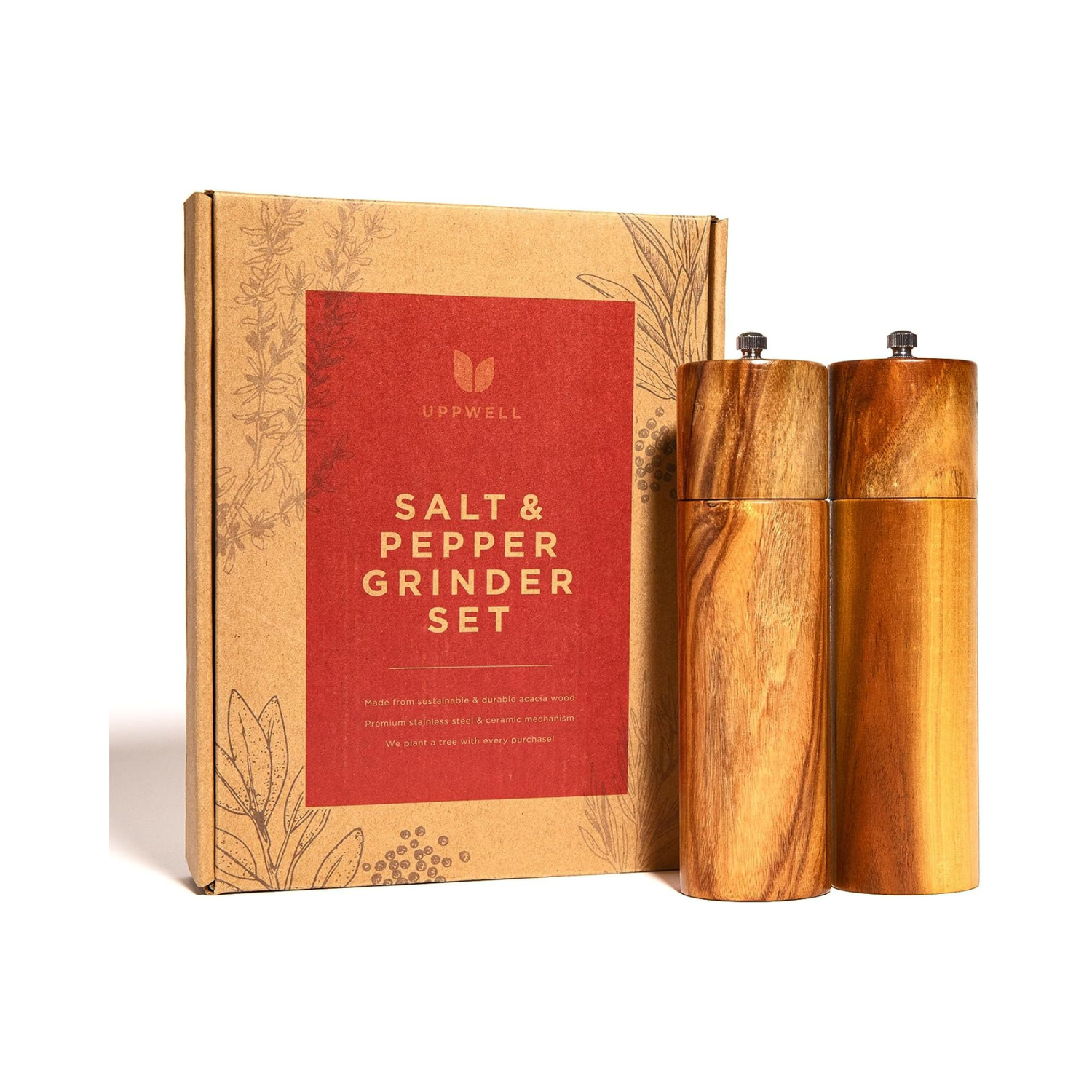Cupro, often regarded as a sustainable fabric choice, stands out in the modern fashion world. Its unique properties and eco-friendly attributes make it highly valued among designers and consumers who prioritize environmental responsibility. This section introduces cupro, setting the stage for a deeper exploration of its benefits and applications.
What is Cupro? Definition and Origin
Cupro is a regenerated cellulose fabric made from cotton linter, the tiny, silky fibers that adhere to the seeds of the cotton plant. These fibers, often discarded as waste in conventional cotton production, are transformed through a process that mirrors the production of lyocell or modal, but with distinct characteristics and a unique silk-like finish.
-
Historical Background: Originating in Japan, cupro has been developed to mimic the texture of silk using a more sustainable and ethical approach. It represents a shift towards more eco-conscious manufacturing processes in the textile industry.
The Production Process of Cupro
Understanding how cupro is made is key to appreciating its value in sustainable fashion. Here's a breakdown of the production process:
-
Source Material: Cotton linter, typically discarded during cotton processing, is collected as the primary material.
-
Dissolution and Purification: The linters are dissolved in an ammoniac solution to purify the cellulose.
-
Spinning: The solution is then spun into fibers, forming the basis of the fabric.
-
Finishing: The fibers are treated and finished to enhance their natural qualities, such as softness and durability.
The environmental aspect of this process is crucial, as it emphasizes the use of a waste product and involves methods that aim to minimize chemical waste. For more on sustainable practices in the textile industry, visit Textile Exchange on Sustainable Materials, which provides insights into various eco-friendly materials.
Cupro's production highlights a commitment to reducing waste and using resources responsibly, aligning with the principles discussed in our blog post "The Ultimate Guide to Eco-Friendly Living". This innovative approach not only leverages materials that would otherwise contribute to waste but also sets a precedent for sustainable manufacturing in the fashion industry.
This initial exploration into what cupro is and how it is made lays the foundation for further discussion on its applications and benefits, which will be covered in Part 2 of this series. By understanding the origins and production of cupro, consumers and industry professionals can better appreciate its role in advancing sustainable fashion.
Characteristics and Properties of Cupro
Cupro is not just known for its sustainability but also for its remarkable characteristics that make it a preferred choice in the textile industry. Here are some key properties:
-
Texture: Cupro fabric is often celebrated for its silky, smooth texture, making it a fantastic vegan silk alternative.
-
Durability: Unlike many delicate fabrics, cupro offers a surprising level of durability and resilience, ideal for everyday wear.
-
Appearance: It retains color well, allowing for vibrant, long-lasting hues in garments.
Cupro's comparison with other eco-friendly fabrics like lyocell and modal highlights its unique place in sustainable fashion. Learn more about these comparisons in our detailed guide, "Innovations in Sustainable Fashion".
Uses of Cupro in Fashion and Beyond
The versatility of cupro extends beyond just clothing. Here's how it's making a mark:
-
Fashion Industry: From luxurious dresses to comfortable lingerie, cupro is a staple in various fashion segments due to its soft feel and elegant drape.
-
Home Textiles: Cupro is also used in high-end bed linens and draperies, enhancing the aesthetic and comfort of home interiors.
Benefits of Cupro for Sustainability
Adopting cupro goes beyond just using a sustainable material; it involves embracing a holistic approach to environmental conservation:
-
Reduced Environmental Impact: By utilizing cotton linters, cupro production helps in reducing waste in the cotton industry.
-
Support for Circular Economy: Cupro's biodegradability and potential recyclability contribute to the circular economy, emphasizing resource efficiency.
For further reading on sustainable practices, check the Global Organic Textile Standard (GOTS) for more on certified sustainable textiles.
How to Care for Cupro Fabrics
Proper care ensures the longevity and sustainability of cupro fabrics. Here are some tips:
-
Washing: Gentle machine wash or hand wash with mild detergents.
-
Drying: Air dry where possible to maintain the integrity of the fibers.
-
Ironing: Use a low heat setting to avoid damage.
For more practical tips on caring for sustainable products, visit "How to Choose Sustainable Products for Your Home".
FAQs about Cupro
Addressing common questions can help clarify misconceptions and provide valuable insights:
-
Is cupro biodegradable? Yes, when not mixed with synthetic fibers, cupro is fully biodegradable.
-
How does cupro compare to silk? Cupro offers a similar drape and feel to silk but is more ethical and sustainable.
-
Can cupro be recycled? While recycling facilities are limited, the potential for cupro recycling exists and is being explored.
-
What are the main advantages of using cupro in clothing? The main advantages include its low environmental impact, luxurious feel, and durability.
Cupro stands out as a material that not only meets the needs of the eco-conscious consumer but also offers practical benefits in terms of care and durability. By choosing cupro, individuals can contribute to a more sustainable world while enjoying high-quality, beautiful products.




